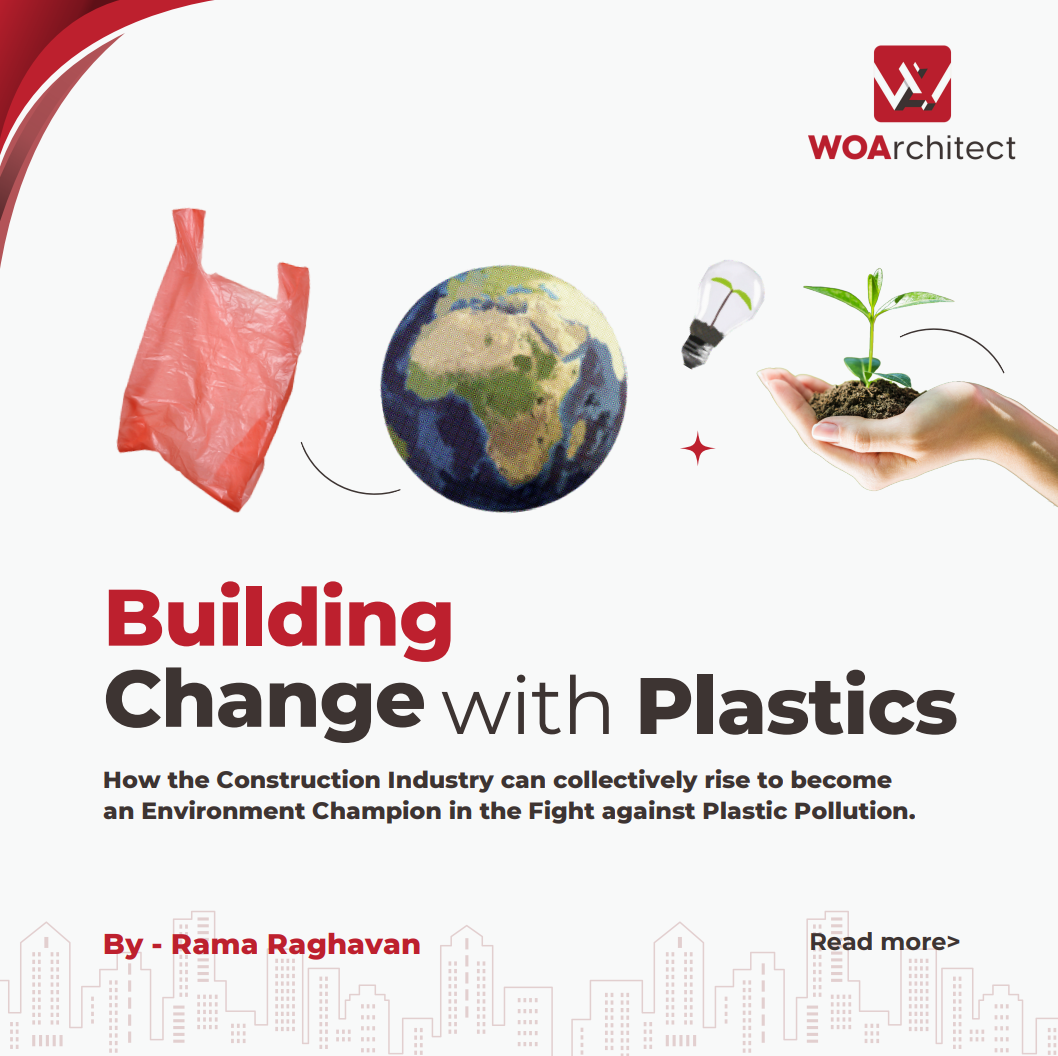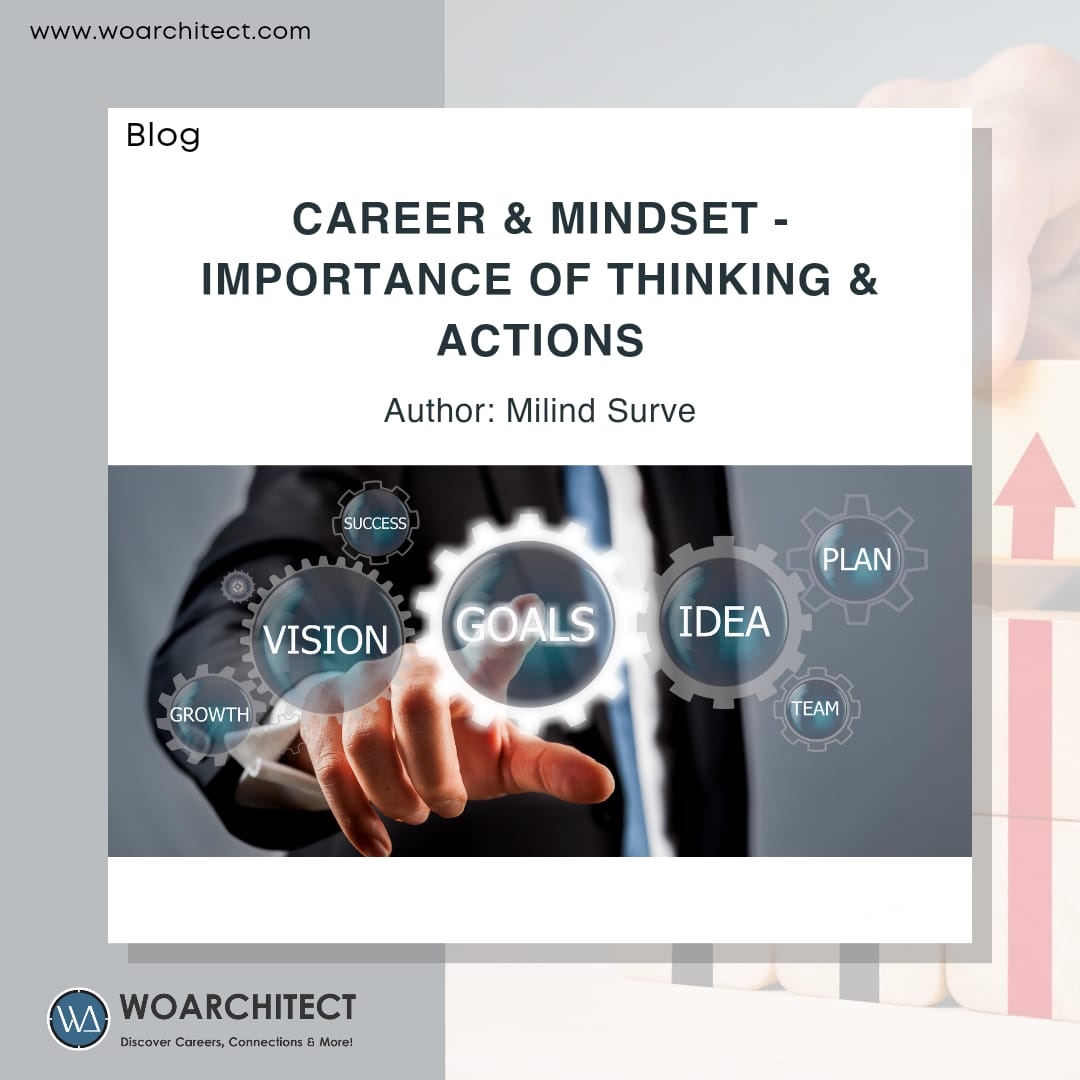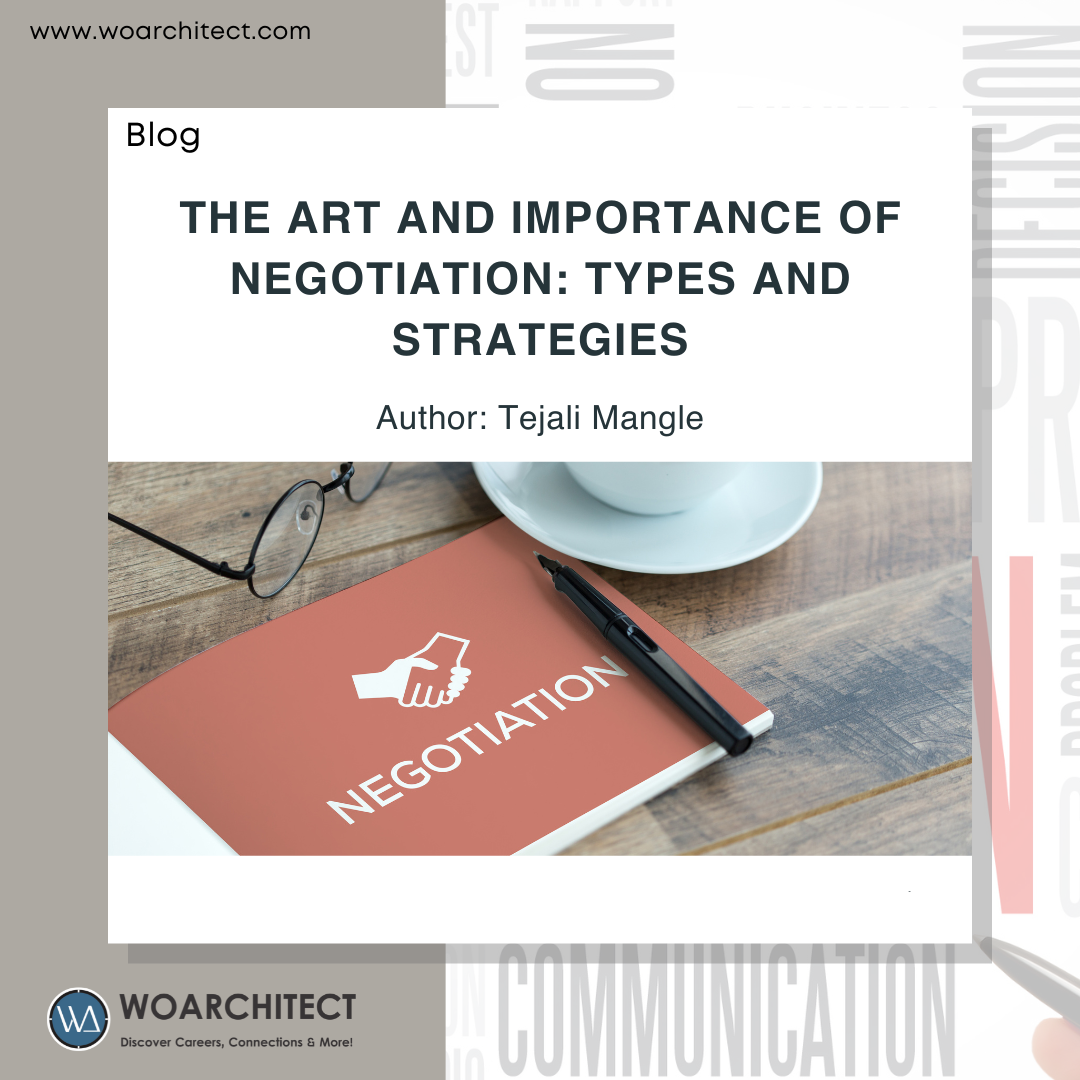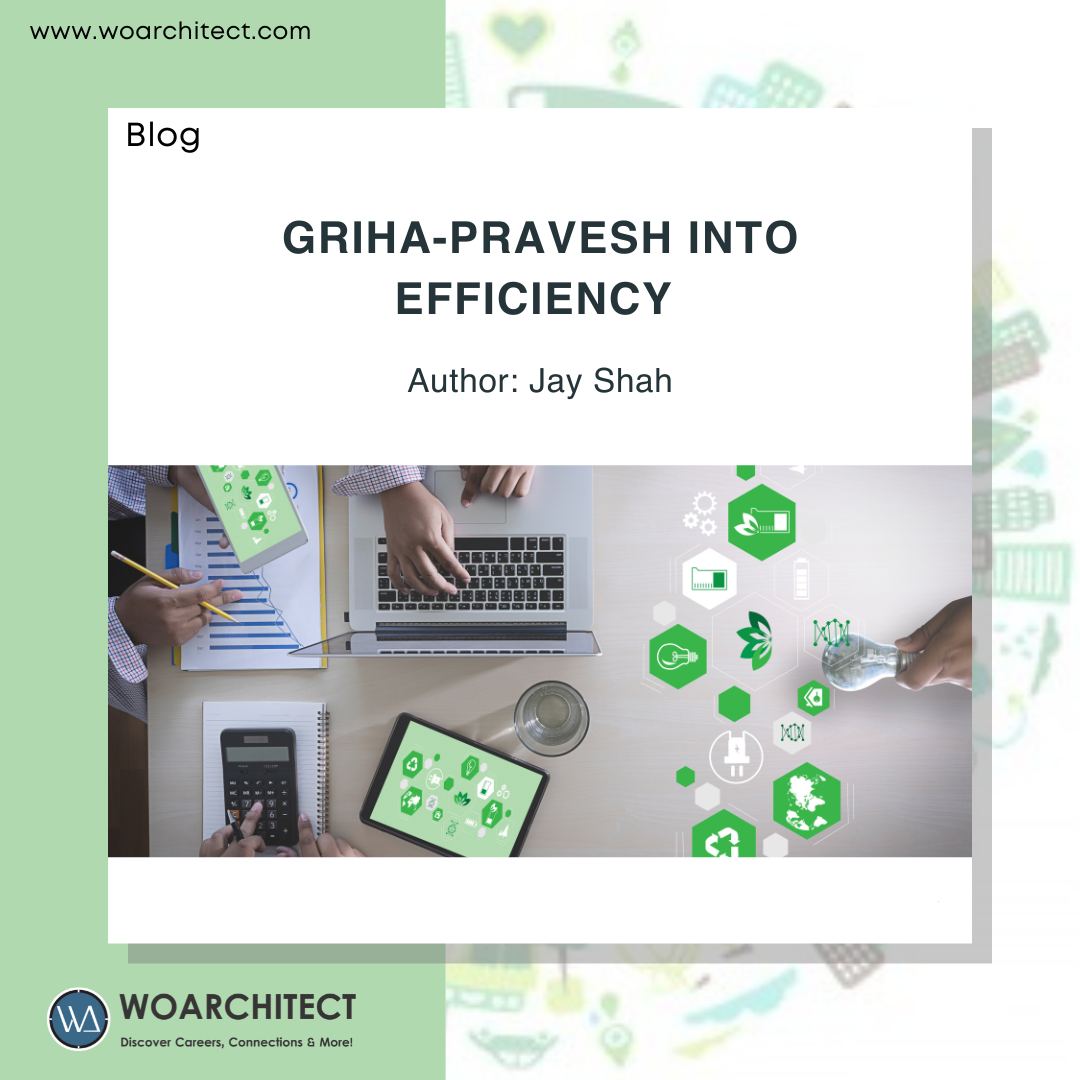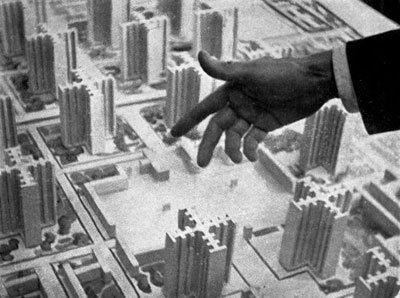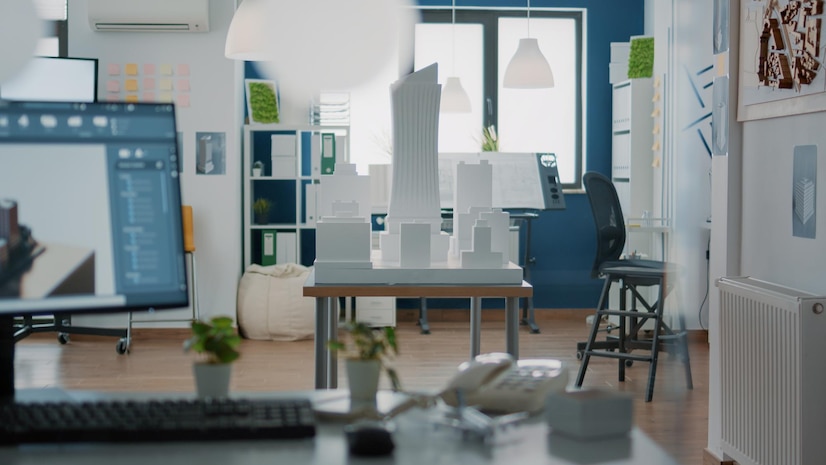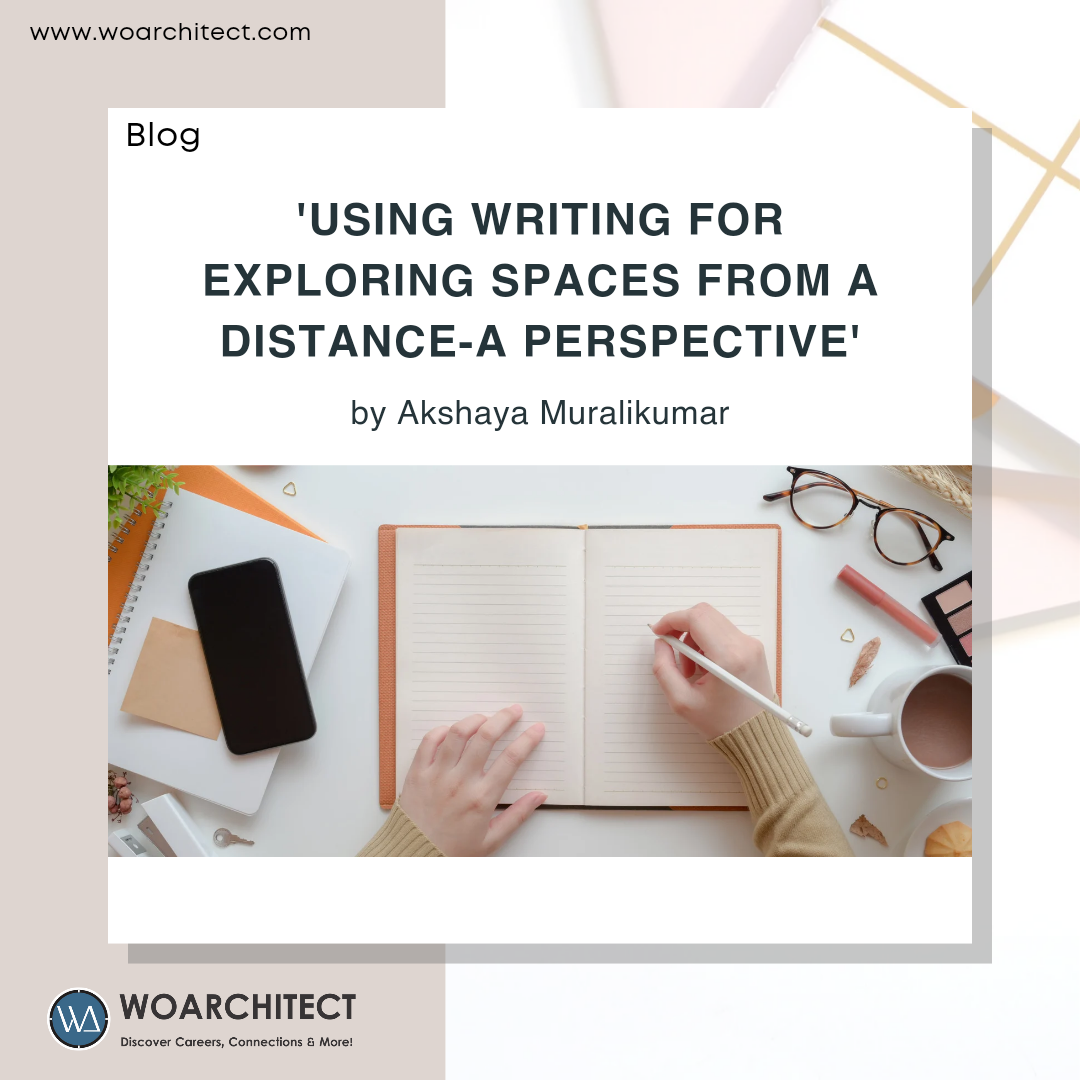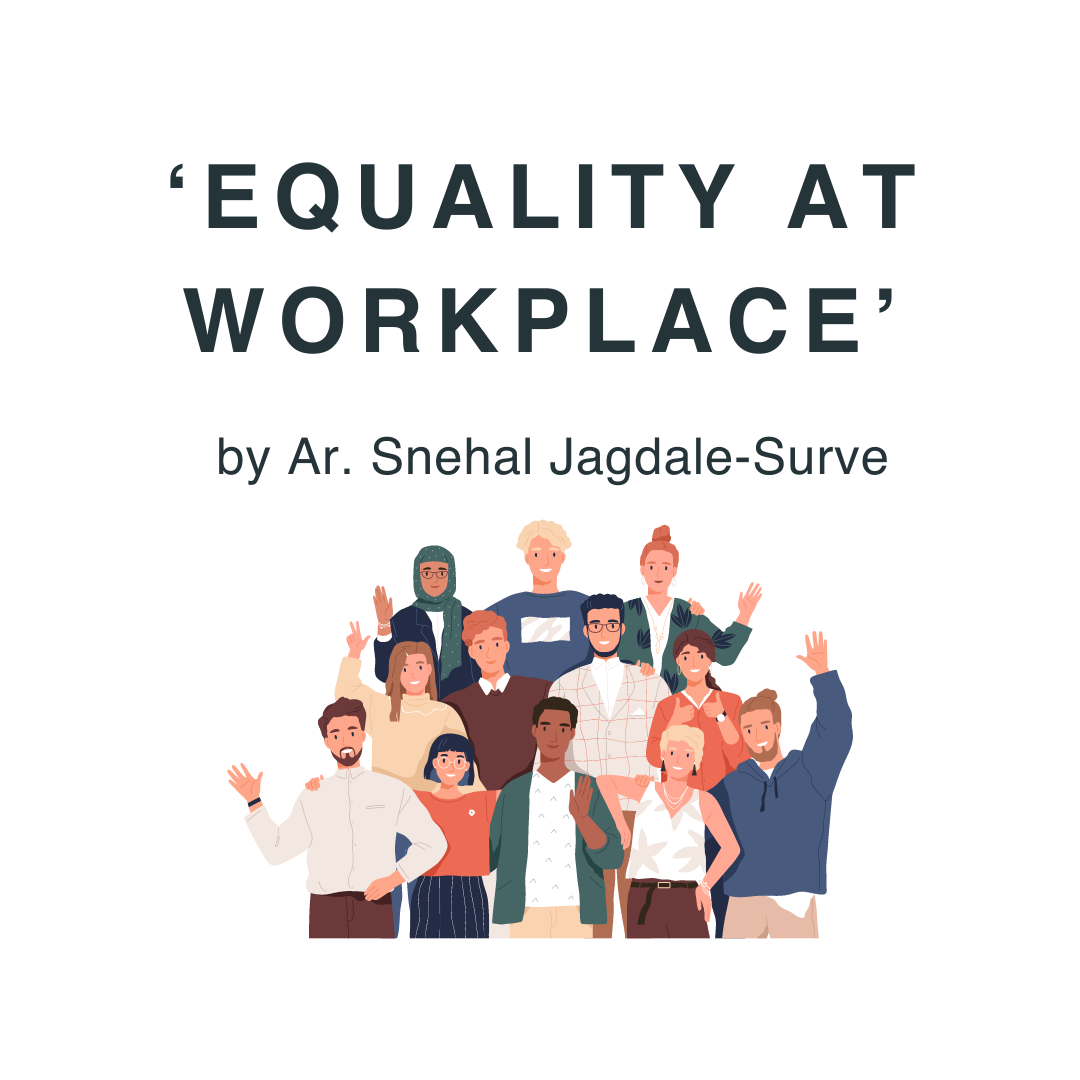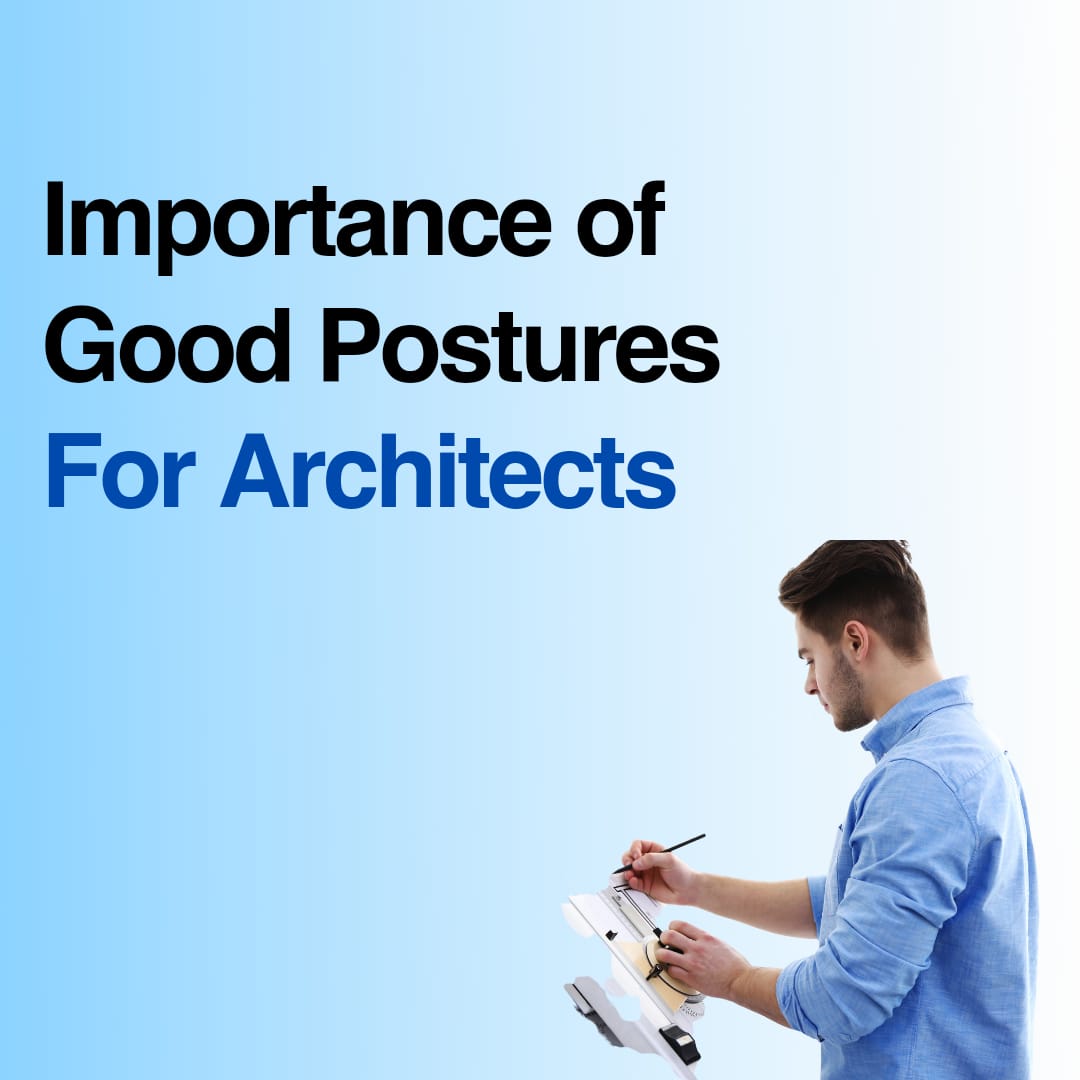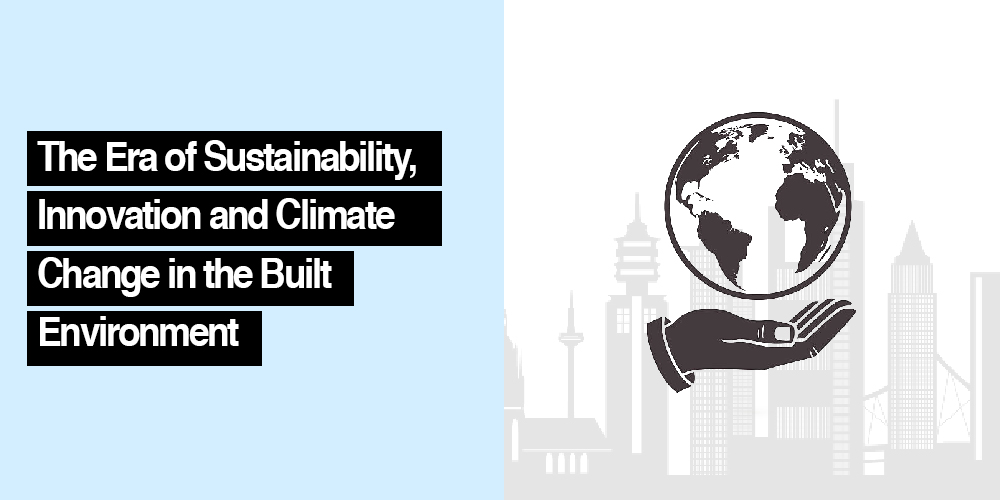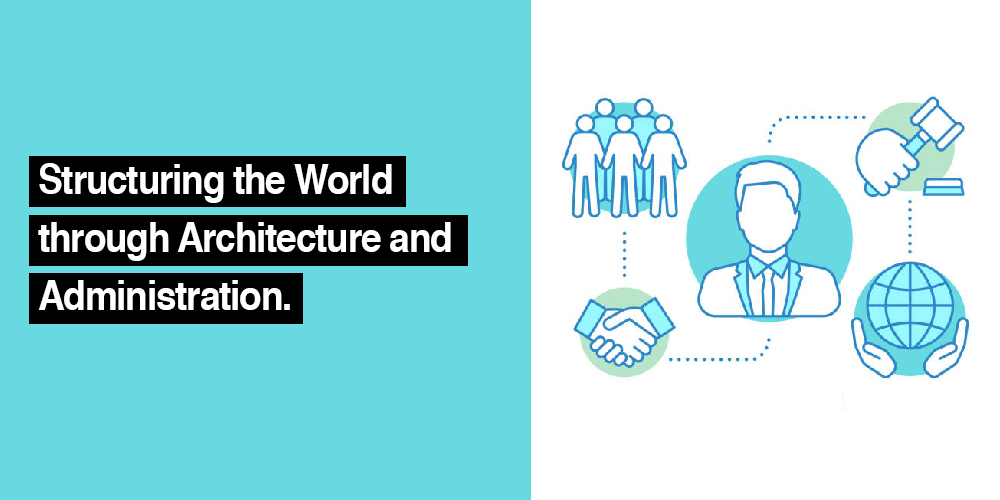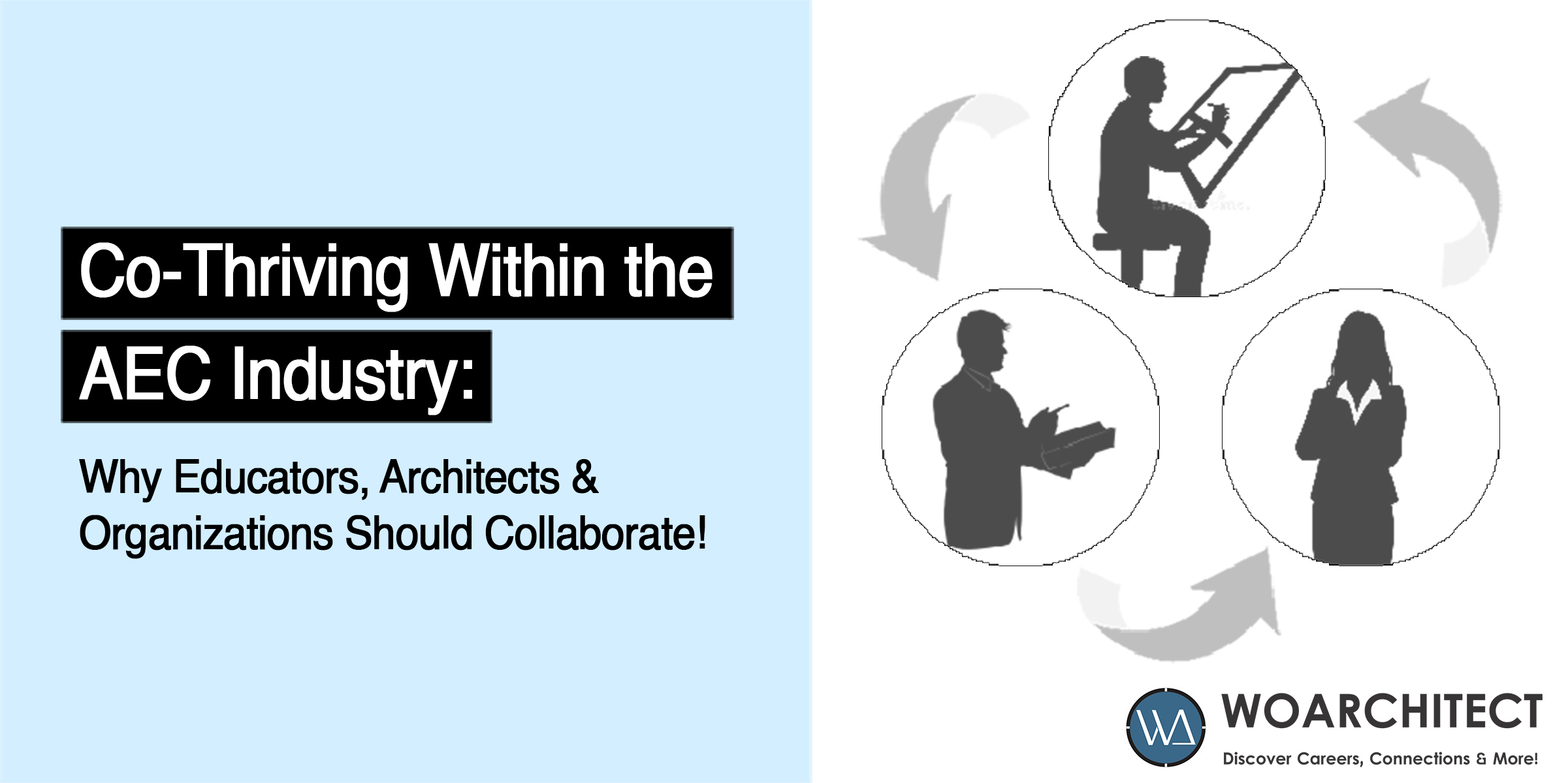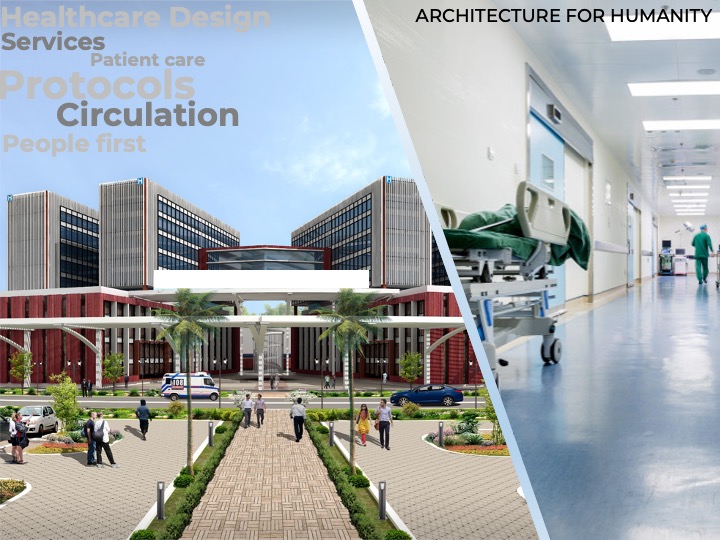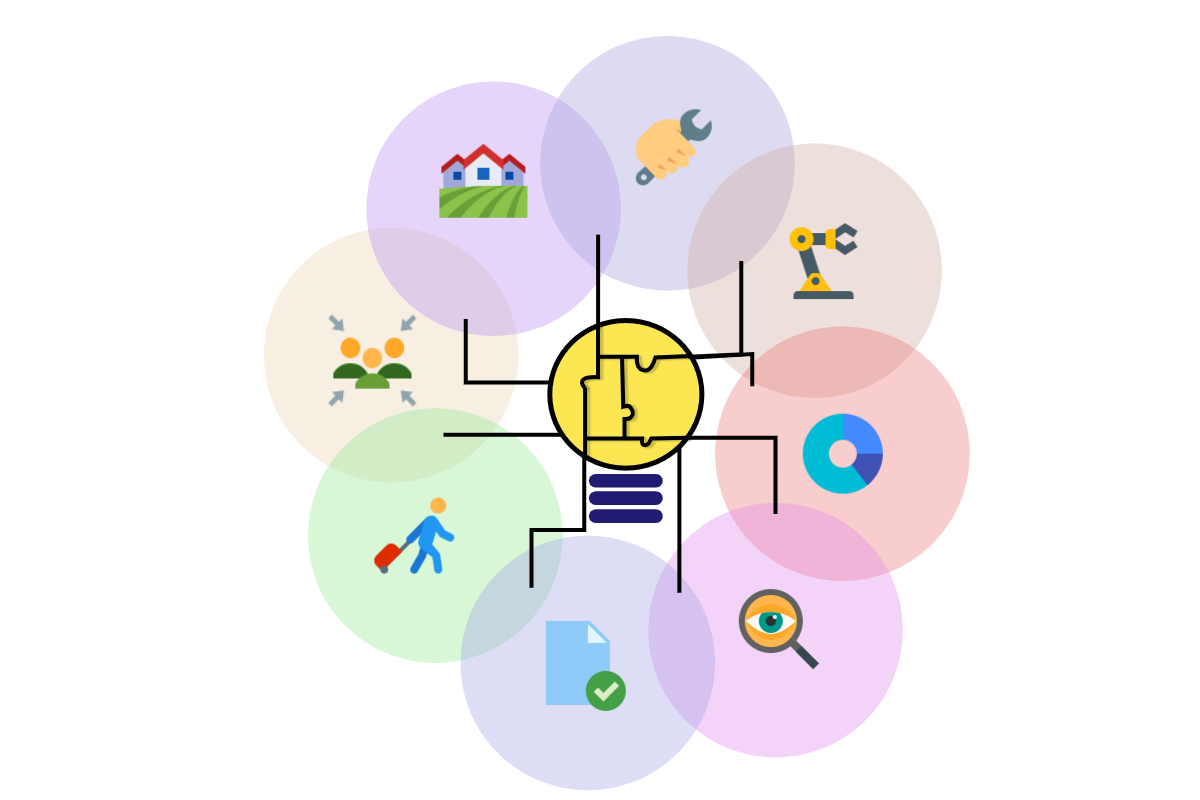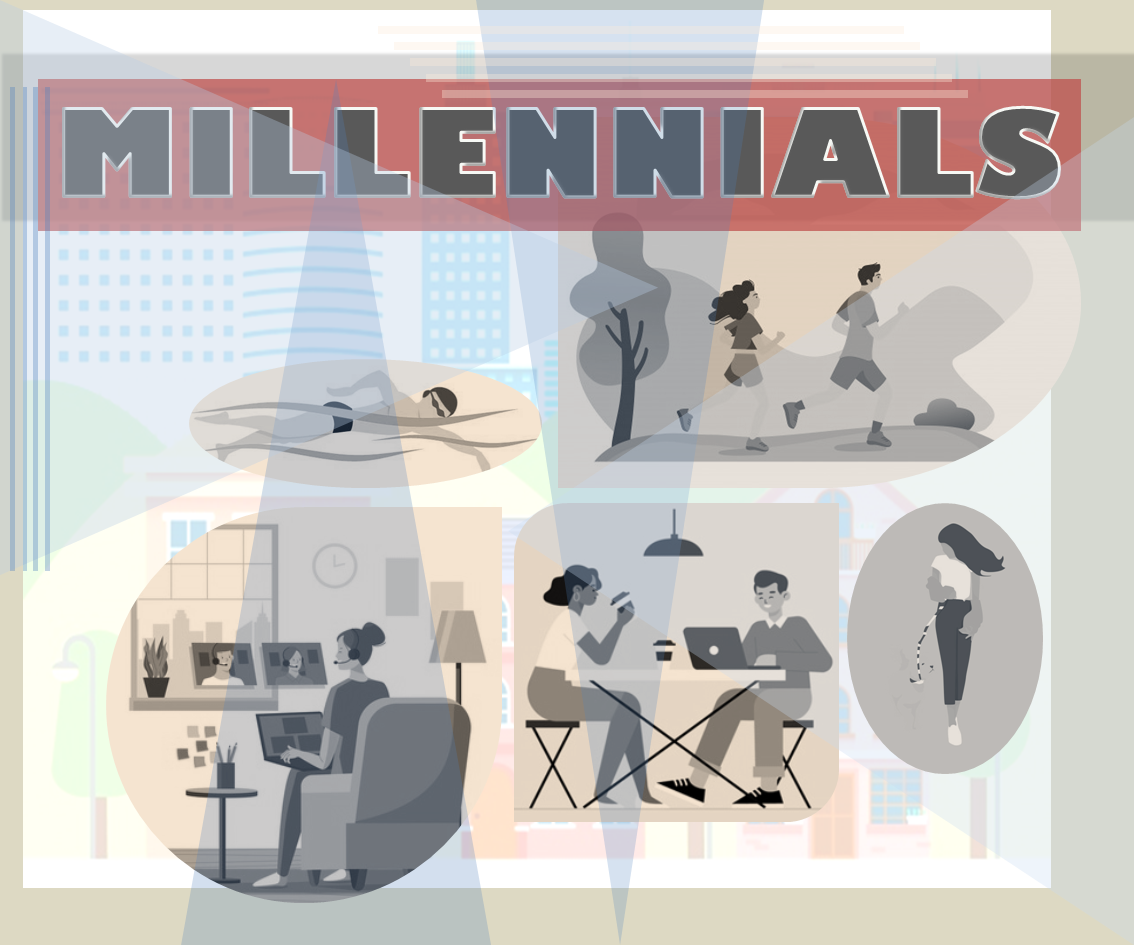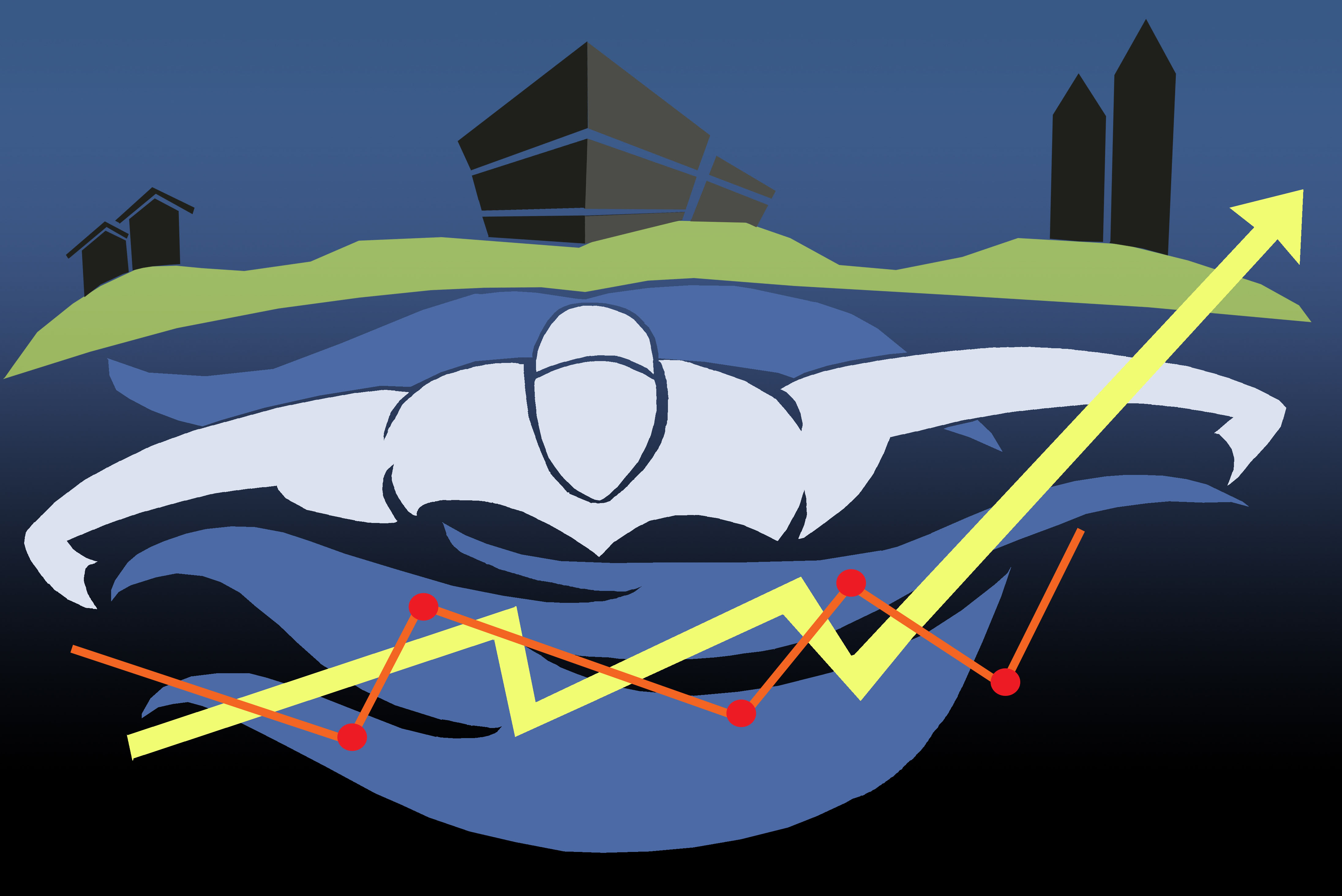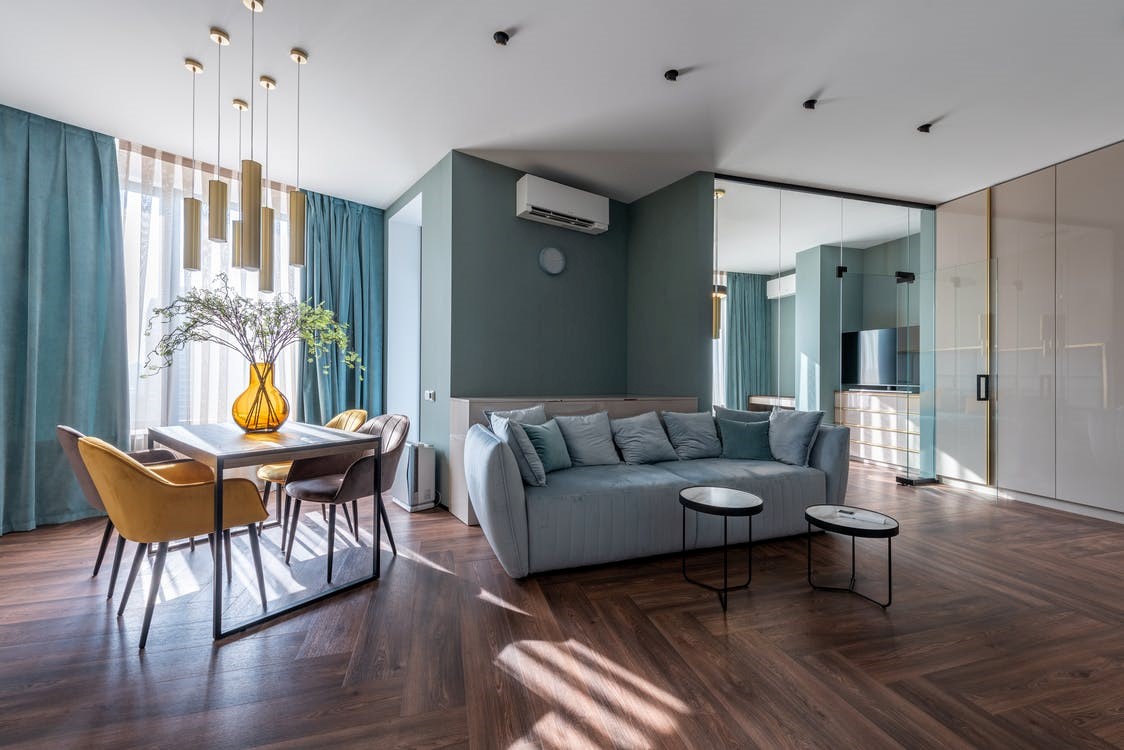
How can the psychological impact of light and color be used to improve living spaces?
The psychological impact of spaces we inhabit is not just limited to the facade or the overall aesthetics of a structure. We may be fascinated by the appearance of a building but what really matters is what we experience inside and how it impacts our mental state. When we enter a space, our senses collectively participate and respond to the environment. But the majority of what we perceive is through our eyes. This is where light and color become major elements that have the potential to make us feel a certain way.
Have you ever thought about why you function better in a particular location at home or why going to that favorite library stimulates your thinking process or why working in that corner office drains all your energy? It is certainly the connection you experience with the built space around you and how it changes the way you think, feel, and function.

https://medium.com/@srkshivangi.01/impact-of-architecture-on-human-psychology-f0b637714603
What is the psychology behind light and color? Why is it significant?
Light and color affect us more than just providing a visual experience. It has biological and psychological effects that influence our emotional state of mind and well-being. It can affect our sleep cycle, thought process, mood, improve our mental health, and add to our overall comfort. Numerous psychological factors help to understand the way light and color can improve the built environment.
Let’s look at them in detail.
- Environmental cognition
When we are introduced to a new environment, our brain tends to rationally find familiarity with a memory that suits us best. This helps us adapt and interpret the environment, making it less overwhelming to fit in.
How do we identify spaces? Why does a home look the way it does or an office appear a certain way? It’s because it resembles something that we have experienced before and associates it with comfort. The cognitive environment includes design elements in the setting, finishes, color, and more that help us adjust to the unknown. Lighting helps in emphasizing these elements or spaces to create that human connection.
In order to establish this as the foundation of the design process, architects need to understand their client requirements right from the get-go. This includes additional information related to fond memories, past experiences, trauma, and color preferences.
- The properties of light
Three properties of light define its correlation with color and the impact it has on spaces. Brightness is the maximum amount of light received from a light source. Studies have shown that over-illuminated spaces can be daunting and can possibly exaggerate emotions, inadequate light can bring about lethargy and lower down your energy, and diffused light is what works the best. It can lead to people being productive, reduces stress, and helps to deal with anxiety.
Saturation is the increase in the intensity of any color. Deeply saturated colors can have intimidating effects on your emotions, whereas subtle colors can have a comforting effect on the mind.
Hue is the shade of a color. Through various studies, it shows that hues work well with natural light and evoke emotions that can positively affect you. This works even in the presence of artificial lighting.
To utilize this information it’s crucial to understand the function of every space. For example, bright light with muted colors could work well for a library area, low light could work for lesser-used spaces like storage and corridors, and diffused light with a pop-up colored wall could work for bedrooms and living rooms.
- Source of light
The source and direction of light can evidently bring about change in spaces and affect the way we feel. Light directed towards our eyes can be harsh causing discomfort, light above our eye level tends to have a certain limitation creating a formal environment, and light below our eye level creates comfort and builds an informal ambiance.
Lower overhead lighting in specific areas of a room with warm tones forms a relaxed setting. An illuminated space with bright lighting on the walls and ceiling creates the illusion of a larger space. Bright light with cool tones improves visuals and works well for an office setup.
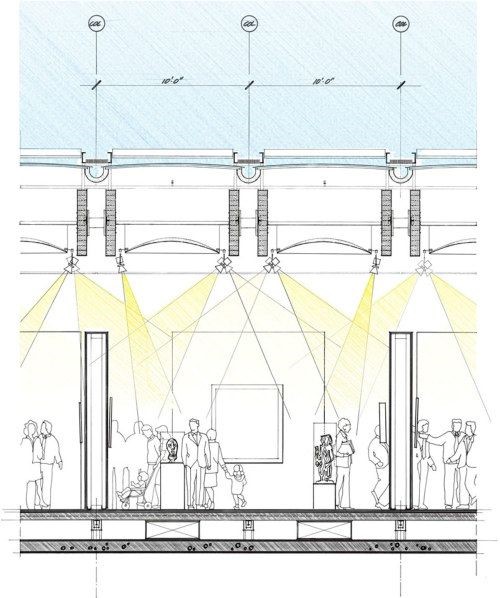
http://fabriciomora.tumblr.com/post/51608824309/renzo-piano-kimbell-art-museum

- Psychology of colors
Color psychology is the effect that colors have on our behavior and well-being. Although perceived visually, we respond to colors based on our personal experiences irrespective of how certain colors are supposed to make us feel. Therefore, instead of focusing on colors, it’s imperative to shift the focus on shades of (red, blue, green, yellow, etc) colors in combination with the lighting properties. This way we have a wider option and can avoid getting fixated with particular colors. For example, red has a dualistic effect, it may imply love or anger making it difficult to incorporate in its purest form. But if we go for say a lighter shade of the same color family, it can provide warmth and work in favor of the spatial requirement. Color selections should always be based on context and spatial function.

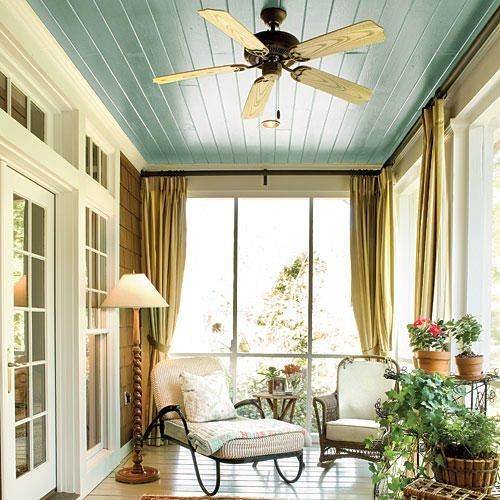
http://www.southernliving.com/home-garden/gardens/front-back-screen-porch-patio/historic-blue-porch
- Circadian rhythm
Circadian rhythm is our body's 24-hour internal process that affects our physical and emotional changes. It regulates our sleep cycle and roughly repeats it regularly. It affects melatonin secretion and alertness. Melatonin is a hormone that is secreted due to darkness and helps in solving sleep disorders. Studies have shown that blue light brings down melatonin levels, keeping us alert and awake whereas red light tends to increase it preparing our bodies to sleep. Circadian rhythms can also influence our feelings of joy, anger, sadness, and other emotions. Disturbing the rhythm may lead to negative feelings.
Various design principles can be incorporated that support circadian health, improve the connection with the outdoor and help build better living spaces.
- Increasing daylight exposure
- Understanding the occupant’s sleep pattern and work schedule
- Providing blue and red light in different areas strategically
- Choosing materials according to their reflective properties
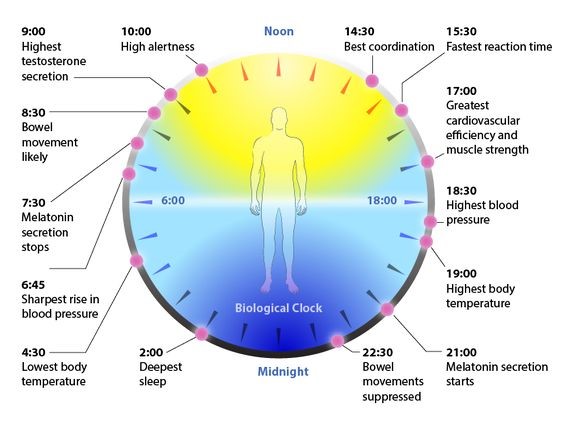
http://www.thepaleomom.com/2015/08/the-new-science-of-sleep-wake-cycles.html
- Materials
Material is another important aspect that is associated with light and color. Whenever light bounces back after hitting a surface it transforms the intensity and color depending upon the material. This influences the ambiance of the space.

https://www.reztnrelax.com/how-to-use-colour-psychology-in-interior-to-calm-your-home/
- Light therapy
Studies have shown that light therapy is a treatment that helps to resolve anxiety, depression, lethargy, sleep disorders, and low energy. It is suggested that if our bodies are exposed to natural light in the first hour of the day, it can cause a change in our brain cells and improve our mood. In the absence of natural light, artificial lights can be used for a similar purpose and have proven effective.
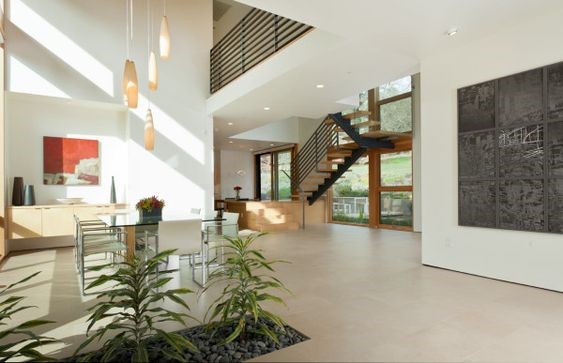
http://design-milk.com/modern-home-rural-sunol-california/
Understanding the effects of light and color on our psyche can help architects to design spaces consciously keeping these points in mind. Considering the psychological aspect while creating spaces may feel like an unknown concept, but it is just altering the little things that can enrich human experiences and improve the function of a space. The power lies in the elements of design – light, and color and how innovatively architects can use them. Light and color are powerful forms of expression. The right balance can go a long way to create thoughtful spaces. Further study of the human mind, its relation with the built environment, and deep-rooted research can create breakthroughs in the field of architectural design.
References:
https://www.tcpi.com/psychological-impact-light-color/
https://medium.com/archilyse/1-the-influence-of-architecture-on-our-psyche-f183a6732708
http://www.rsltg.com/images/ArchID_-_Light_in_Architecture_and_Psychology_of_Light.pdf
About Author
With a background in mainstream architecture, Sukanya Bhattacharjee is an Architect & Writer. She started out as a practicing Architect only to discover that there is a potential for multifaceted roles in the industry. This led her to explore a series of possibilities - to design, curate, research, write and create. Witnessing her designs coming to life, researching about the latest technologies in the field of architecture, curating events, critical thinking, and writing gave her a perspective of her skill-set both as a designer and an established writer. Besides working on school design and urban design projects, she has expertise in residential & interior design projects. She has also been a contributing writer for Indian Architects & Builders Magazine; Fish Do It Consultants for Asian Paints CQ; AEC focussed experiential content for Ultra Tech Cement & JSW Steel.
Currently, she juggles her career between designing and writing. She is deeply invested in exploring further opportunities in architecture, journalism, and writing.
LinkedIn - https://www.linkedin.com/in/sukanya-bhattacharjee-309b21130/

